
Incorporating protein into your diet is essential for overall health. But did you know that the source of protein is also important? That’s where the plant protein vs animal protein debate comes in, as understanding plant protein vs animal protein can help you make informed dietary choices.
At first glance, animal protein appears to be the better choice — especially since you get more protein per gram. However, many studies have explored the connection between high animal protein and an increased risk of certain diseases.
You’ll need to consume more plant-based foods to get the same amount of protein as animal-based foods. And yet, studies have associated plant protein with better health outcomes.
So, which one is healthier? Keep on reading to learn the answer about plant protein vs animal protein!
The Difference Between Animal Protein and Plant Protein
Both animal and plant protein have their fair share of benefits and drawbacks. It’s important to look at their differences to understand animal protein vs plant protein absorption and how it impacts your health. This comparison of plant protein vs animal protein is key to optimizing your dietary intake.
Animal-Based Protein Benefits
1. Complete Amino Acids
There are 20 amino acids that bodies need to function optimally. However, we only naturally produce 11 of those amino acids. Protein intake is required to get the remaining nine amino acids. These are called essential amino acids, and they include:
- Methionine
- Threonine
- Valine
- Phenylalanine
- Isoleucine
- Tryptophan
- Lysine
- Leucine
- Histidine
One of the main benefits of animal foods is that they have a complete amino acid profile. You’re able to get the essential amino acids that your body needs.
The most common animal protein sources include meat, fish, poultry, eggs, and dairy.
2. Higher Protein Content
Another benefit of animal-based foods is that they have a higher protein per gram content than plant-based foods. You won’t have to eat as much to get your recommended daily allowance for protein — which is 0.8 grams per kilogram of your body weight. This distinction is crucial when considering plant based protein vs animal protein for dietary planning.
For example, 3 ounces of cooked chicken or salmon will give you about 20 grams of protein. Meanwhile, 3 ounces of cooked lentils or pinto beans will give you less than 10 grams.
So animal protein might be more appealing if you’re someone who needs more than the RDA of protein — such as highly active people or bodybuilders.
3. Higher Digestibility and Bioavailability
Animal proteins are also better digested by our bodies. This, in turn, leads to more bioavailability or better absorption by the body.
Eggs are the most digestible at 97%, while meat and fish are at 94%. In comparison, beans have a 78% digestibility, while chickpeas are at 57-75%.
Similarly, you will have to eat more plant-based foods to ensure you meet your protein RDA.
4. Lower in Carbs and Calories
Animal proteins are lower in carbohydrates and calories. For instance, 3 ounces of salmon with 20 grams of protein is only 174 calories and 0 carbs. Similarly, 3 ounces of chicken with 20 grams of protein is 187 calories and 0 carbs.
To get 20 grams of protein from lentils, you will consume 264 calories and 45 grams of carbs. Similarly, 20 grams of protein from pinto beans will be 328 calories and 59 grams carbs.
Animal-Based Protein Drawbacks
Given all the advantages, animal protein seems like a healthy choice. However, there is one major drawback. Many studies have associated a higher animal protein diet with an increased risk for certain diseases.
According to the American Heart Association, animal-based foods such as meat, poultry, dairy, and eggs have high amounts of saturated fats. Saturated fats can cause your cholesterol levels to increase. As a result, this can increase your risk of cardiovascular disease.
Animal proteins also have a high amount of purines, which can cause your uric acid levels to increase. High uric acid levels have also been associated with various diseases.
It is important to note that not all animal proteins are equal. Adverse health outcomes are more associated with red meats and processed meats. You can reduce intake of saturated fats by choosing lean meat, white meat, and fatty fish.

Is Plant Protein the Healthier Choice?
Given the health risks associated with animal protein, will you have better outcomes with plant protein? Understanding the nuances of plant based protein vs animal protein can guide you toward healthier choices.
Studies have posited that plant proteins can lead to better long-term health and lower your risk of chronic diseases. Plant-based foods have been found to lower cholesterol levels, lower glucose levels, and reduce the risk of metabolic syndromes.
One possible explanation for these health benefits is the increased consumption of plant-based foods.
Since you need to eat more plant protein to meet your RDA, you also get more vitamins and nutrients. Plant-based foods are also rich in polyphenols, which have strong antioxidant properties. Flavonoids, a family of polyphenols, also help reduce inflammation and prevent oxidative damage.
How to Maximize the Benefits of Plant Protein
Several strategies can help you maximize your protein intake while consuming plant proteins. These can make up for the disadvantages of plant-based foods, such as having an incomplete amino acid profile and lower protein content.
1. Mix and Match Your Plant Proteins
Combining plant proteins is one way to obtain a balanced amino acid profile. One study found that it is possible to replicate the amino acid profiles of animal proteins — achieving a similarity of at least 85% and greater.
Due to a wide variety of plant proteins, it’s easy to mix and match to achieve complete proteins. Most plant-based foods will have 1 or 2 missing amino acids. You need to pair it with another plant-based protein to form a complete protein.
For example, mung beans contain all the essential amino acids except methionine. You can pair it with rice, which is rich in methionine.
Some examples of complete protein pairings include:
- Hummus and whole wheat pita
- Pasta with carrots, pumpkin seeds
- Leafy greens with sunflower seeds
- Lentils or peas with brown rice
2. Adjusting Food Preparation Methods
Studies also found that some cooking techniques, such as heating and freeze-drying, can increase the digestibility and absorption of plant proteins.
Fermentation can also help generate amino acids and peptides, leading to improved plant protein digestibility.
Soy as a Super Protein
Soy is a particular type of plant protein because it contains all the essential amino acids. It is also comparable to animal proteins as it is relatively low in calories and carbohydrates. Another advantage of soy protein is that they are free of cholesterol and lactose.
Though soybeans also have antinutritional properties — making them hard to digest — boiling and fermentation techniques have also been shown to improve the digestibility of these super proteins.
Incorporating soy into your diet means that you’re not losing out when it comes to proteins. You can also take advantage of the health benefits that come with plant proteins.
Plant Protein vs Animal Protein for Building Muscle: Which is Better?
Protein is essential for everyone but especially for those building muscles. The debate of plant protein vs meat protein is particularly relevant in the context of muscle growth and recovery.
Since exercise and weightlifting can cause microtears in your muscles, protein is integral to muscle recovery. It helps build and repair your tissues. This is why those building muscles have a relatively higher protein consumption of 1.4 to 2 grams for every kilogram of body weight.
Protein is usually taken before and after exercise. Many prefer to use protein powders because they are more convenient in the gym.
One of the most popular types is whey protein. Whey is a complete protein because it is derived from cow’s milk. As such, whey protein powders would fall into the animal protein category.
However, plant-based protein powders can be just as effective — if not better. You must ensure they have the three essential amino acids for muscle building: leucine, isoleucine, and valine.
Xendurance’s Lean plant protein powder is formulated with peas and chickpeas to give you the essential amino acids you need to build muscle. One scoop already gives you 20 grams of protein.
Our proprietary formula features antioxidants that help reduce exercise-induced oxidative stress. It is also packed with 12 vitamins and minerals, which gives you 40% of the recommended daily intake.
Animal Protein vs. Plant Protein: The Verdict
You now have a good understanding of the benefits and drawbacks of each protein source. By understanding the nuances of animal vs. plant protein, you can also decide which is the healthier choice for you.
Animal protein might be a good choice for younger adults with a healthy and balanced lifestyle. A high animal protein diet may not be advisable for some people — including vegans, older adults, and those with existing health conditions.
The good thing is that you’re not missing anything by choosing plant protein. With some minor adjustments, you can get all the essential amino acids you need and consume enough protein to meet your RDA.
Studies have also shown that plant protein is associated with long-term health benefits. Aside from protein, you get a good dose of vitamins, minerals, and phytonutrients — all of which are essential for overall health.


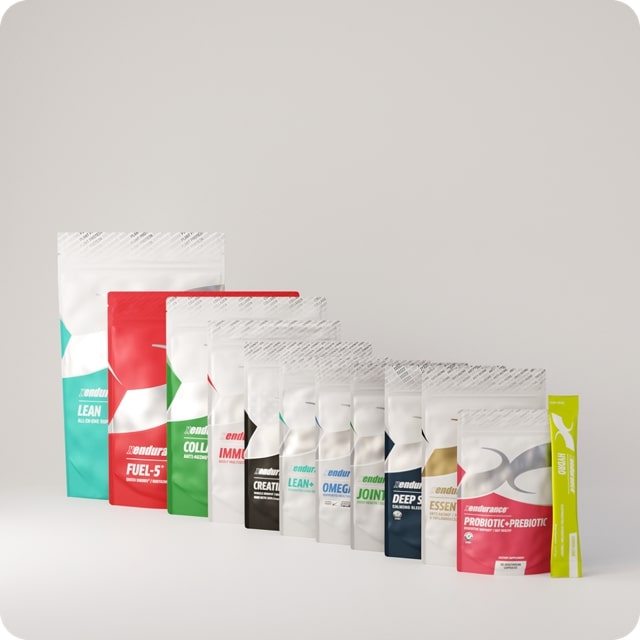
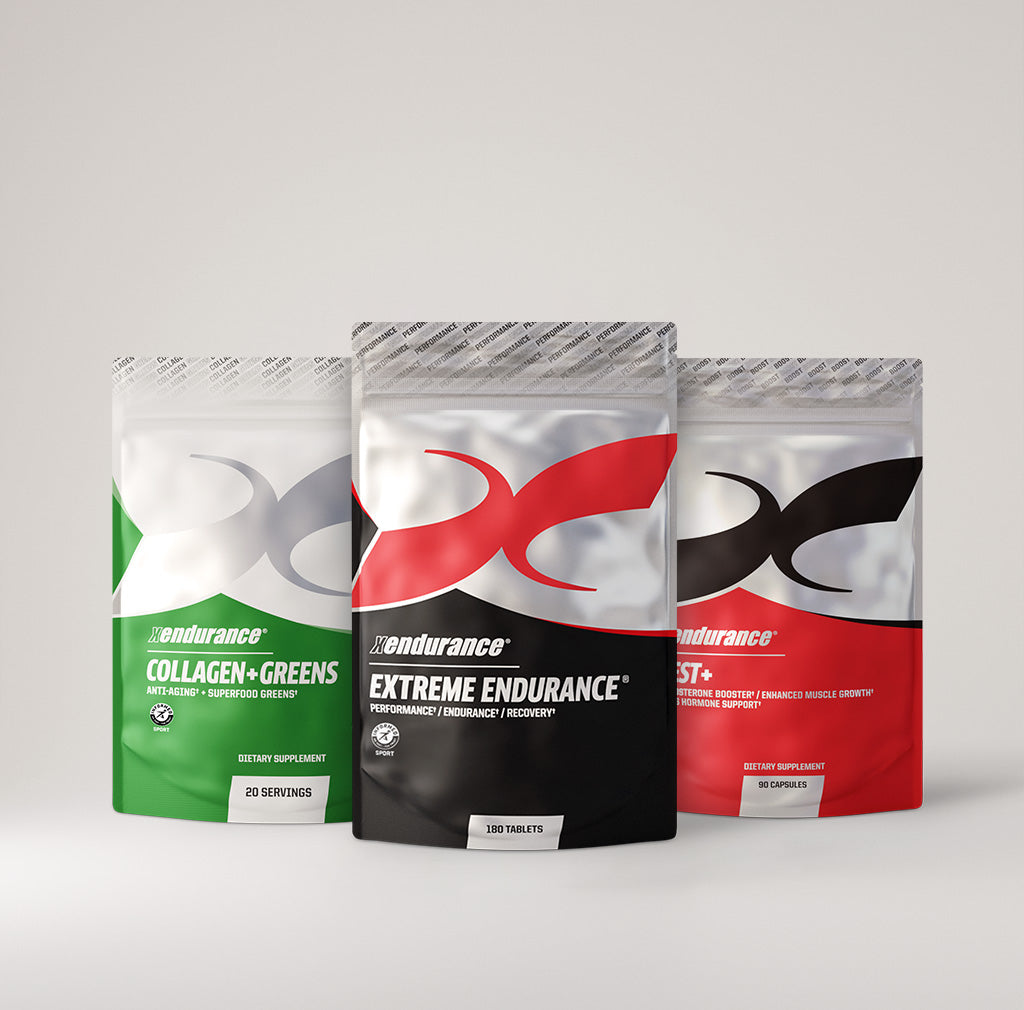
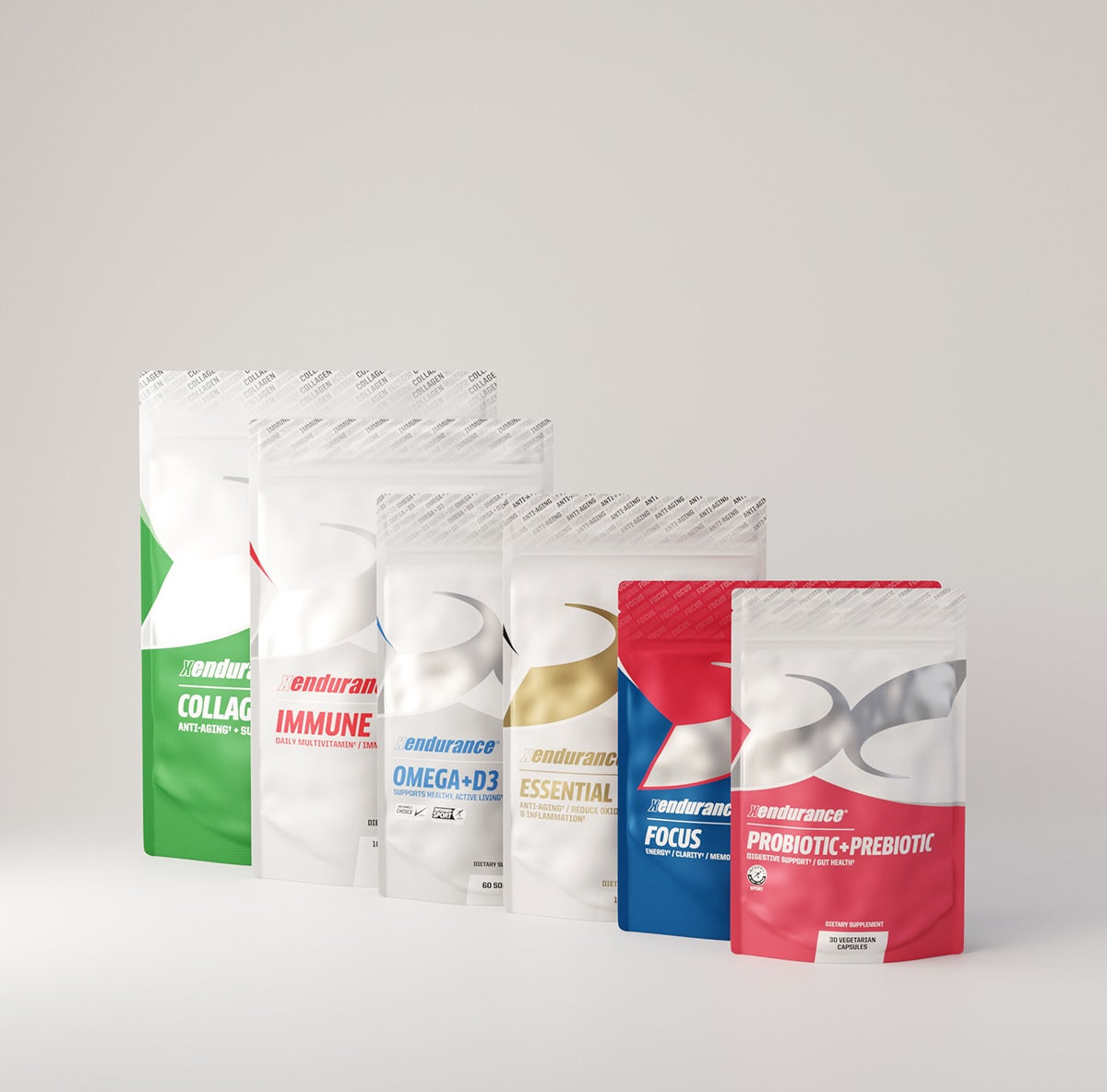
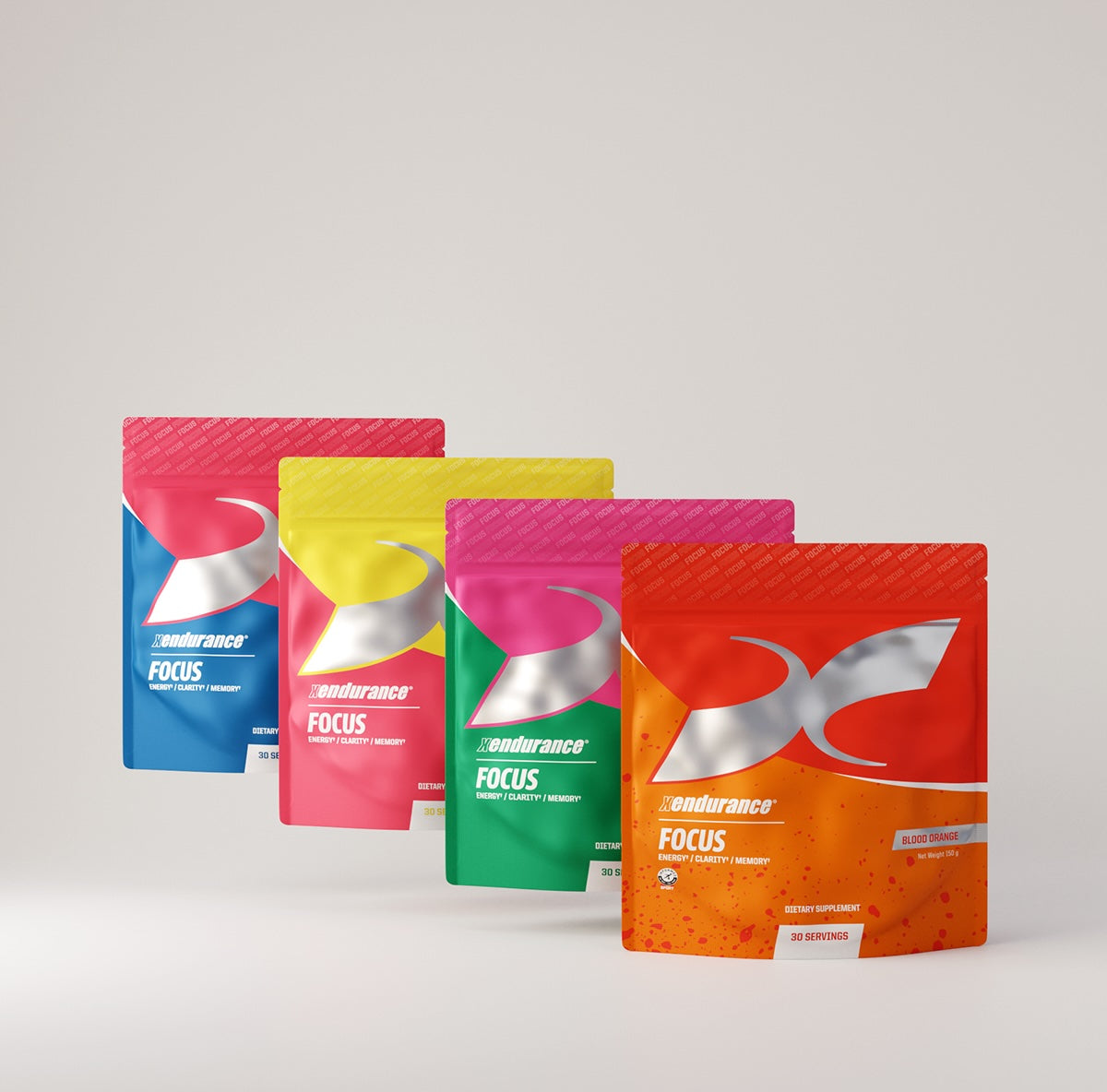
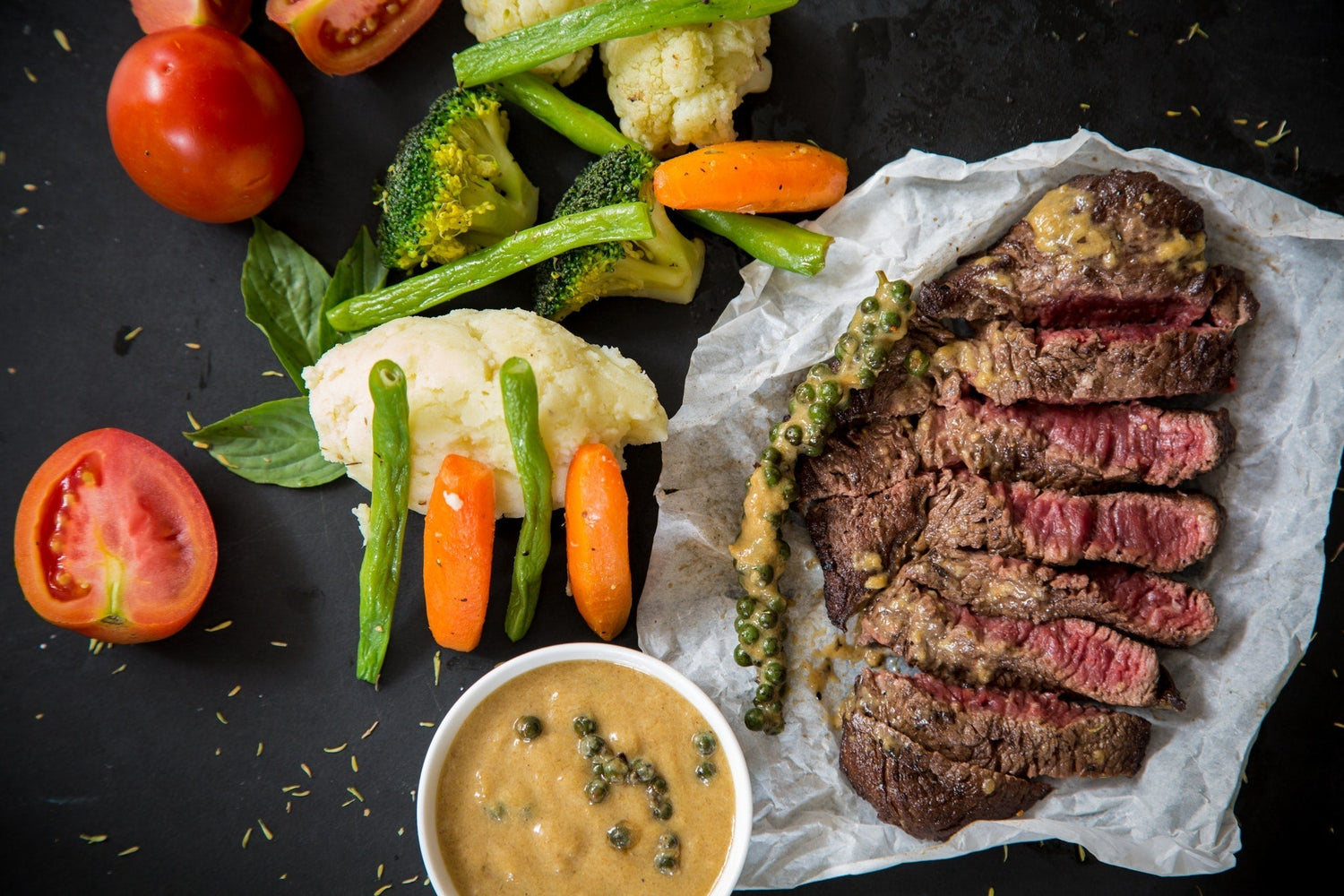
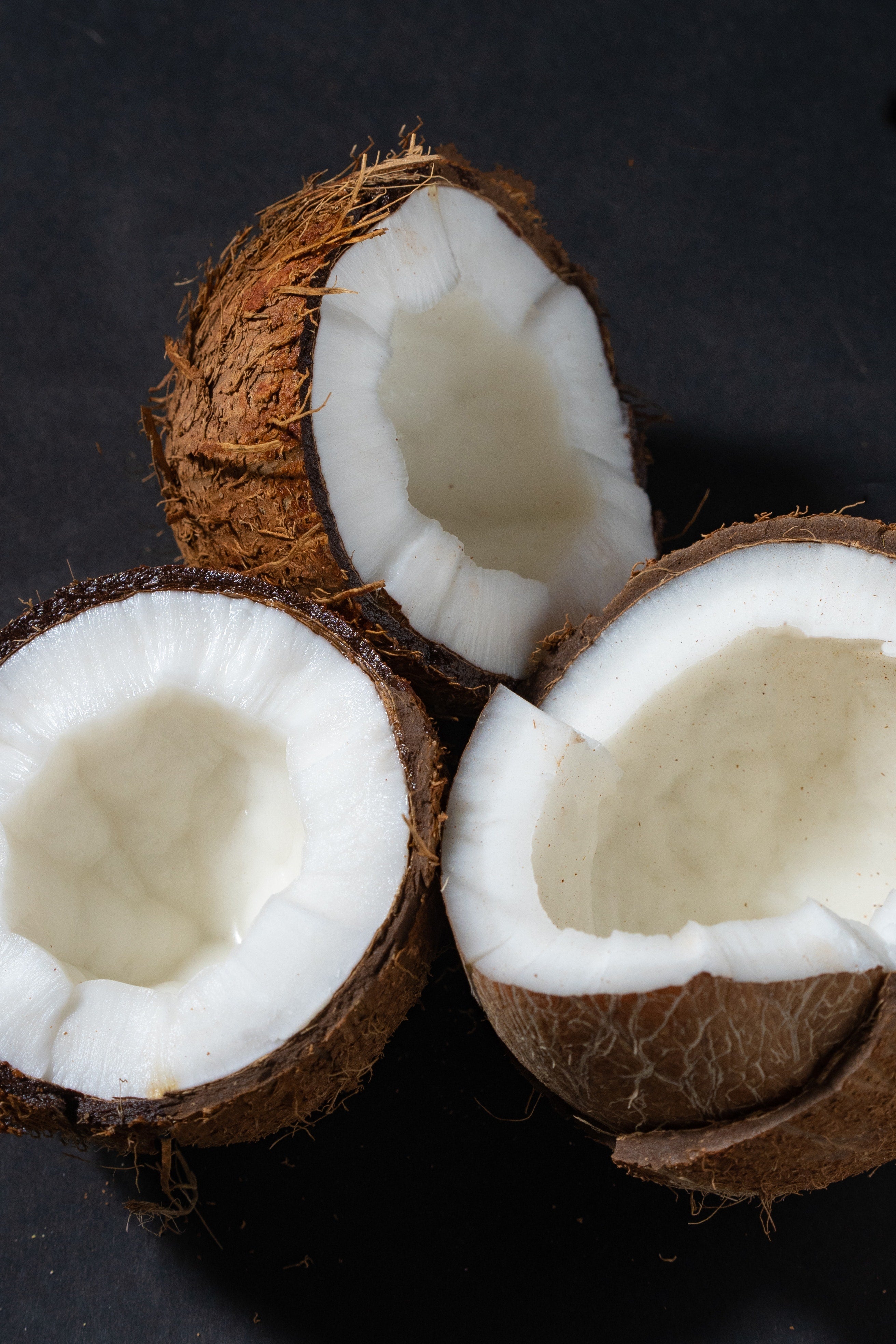

Leave a comment
This site is protected by hCaptcha and the hCaptcha Privacy Policy and Terms of Service apply.